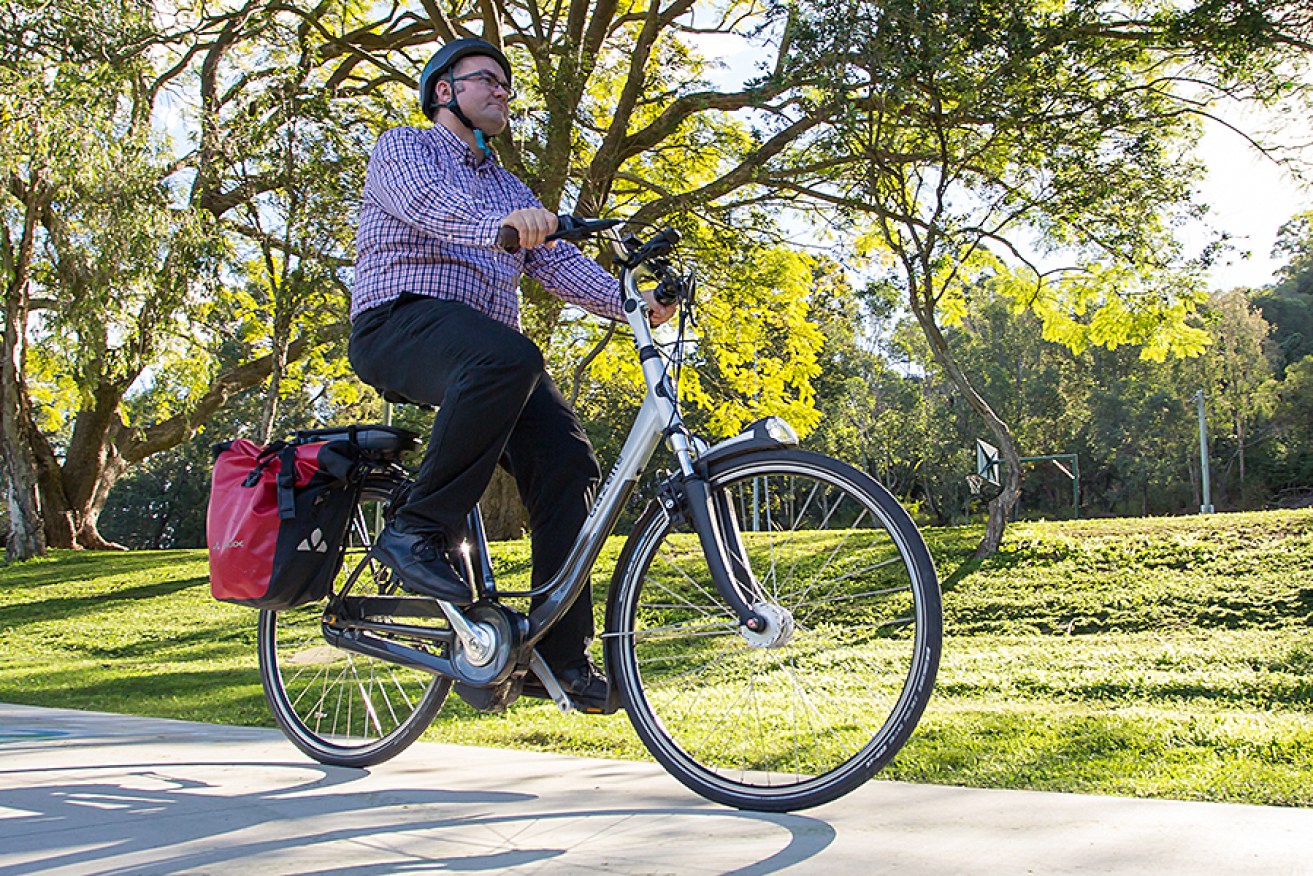The bikes that ate Brisbane: council scrambles to keep up with rush to e-mobility
Governments and local authorities are scrambling to get on top of the surge in the popularity of e-bikes and e-scooters in Brisbane, with a new draft strategy suggesting more dedicated parking spaces for the devices to clear congested footpaths and an expansion of hire schemes into the suburbs to allow true door-to-door mobility for residents.


The University of Queensland also wants to trial a smartphone app which will allow students and staff to make a single form of payment to use any type of transport to and from the UQ campus, the second most popular destination in Brisbane after the CBD.
Brisbane City Council released its e-mobility strategy as it announced the scrapping of its troubled CityCycle venture in favour of putting up to 2000 e-bikes on the city’s streets from next year in a privately-run short-term hire scheme.
The strategy makes it clear that its embrace of e-bikes and e-scooters is an integral part of how people will get around the city in the future and expects that e-bikes will ensure the popularity of such schemes to spread into Brisbane’s middle and outer suburbs.
The council’s transport chair Ryan Murphy said the strategy should provide some guidance to both the public sector and businesses wanting to profit from the growing popularity of such vehicles.
“We could have said ’no’ to this technology, like other cities have done, but this would leave our residents and visitors worse off, with fewer options and less choice when it comes to getting around Brisbane,” he says in a foreword to the draft strategy.
“Our vision is for a connected city, where transport enhances liveability, supports business and investment, takes advantage of new technology and keeps riders and pedestrians safe.”
The popularity of the e-scooter hire scheme in Brisbane, with the vehicles making 3.5 million trips since it was introduced in 2018. In contrast CityCycle bikes have made just 4 million trips since they hit the streets in 2010.
Despite their popularity, the e-scooters have attracted complaints about safety for both riders and pedestrians and the tendency for them to contribute to footpath clutter.
The strategy plays down any lingering safety concerns over people using e-scooters and e-bikes, pointing to research showing that of the people showing up in hospital emergency department with injuries due to e-scooter accidents, 28 per cent had consumed alcohol and 20 per cent were not wearing a helmet.
“A study on micro-mobility published by the Organisation for Economic Co-operation and Development (OECD) concluded that the risk of an emergency department visit for an e-scooter rider is similar to that for cyclists,” it says.
However, the strategy does express some concern that more designed parking areas are needed for e-scooters in the inner city.
And the council opposition has already questioned whether allowing the new e-bikes to be “dockless” like e-scooters would mean more bikes “littering our streets”.
Other cities in Australia and overseas have discovered that ride-share schemes for pedal bicycles had some downsides, including a large number of bikes being dumped in waterways and public gardens.
The strategy also envisages e-bikes and e-scooters being wholly integrated into the city’s active and public transport network.
It says the University of Queensland and the Queensland Department of Transport and Main Roads are proposing to trial a smartphone app early in 2021 that will allow travellers to and from UQ’s St Lucia campus to use a single means of payment for buses, ferries, ride-share, e-bikes and e-scooters.












